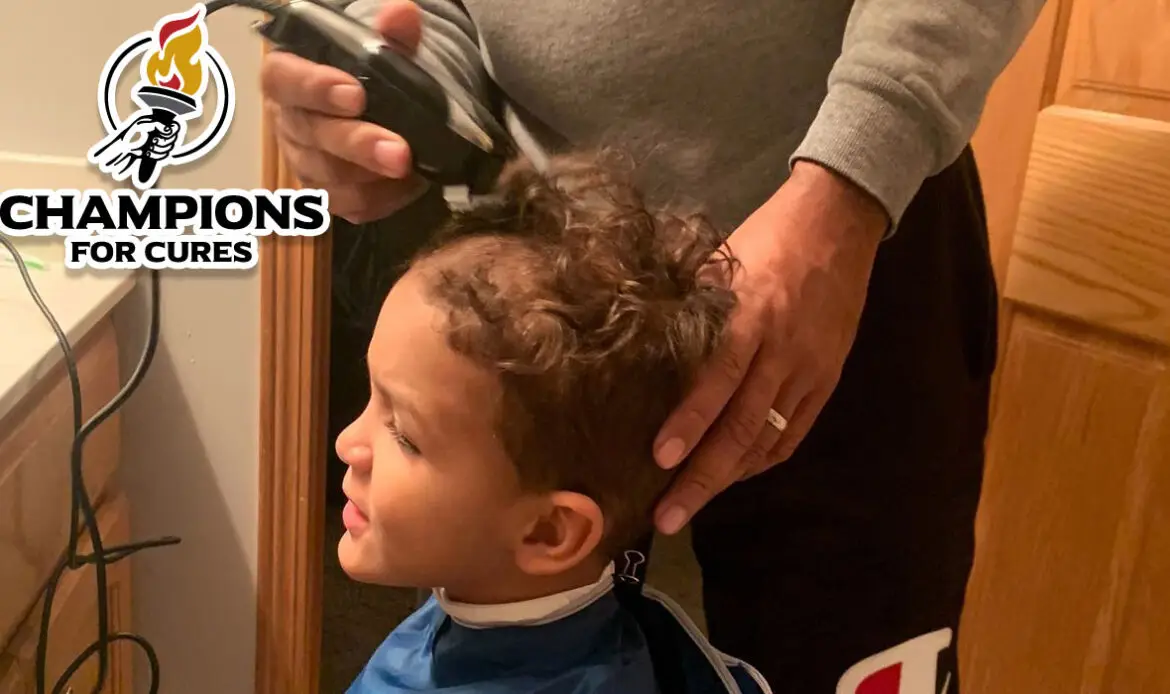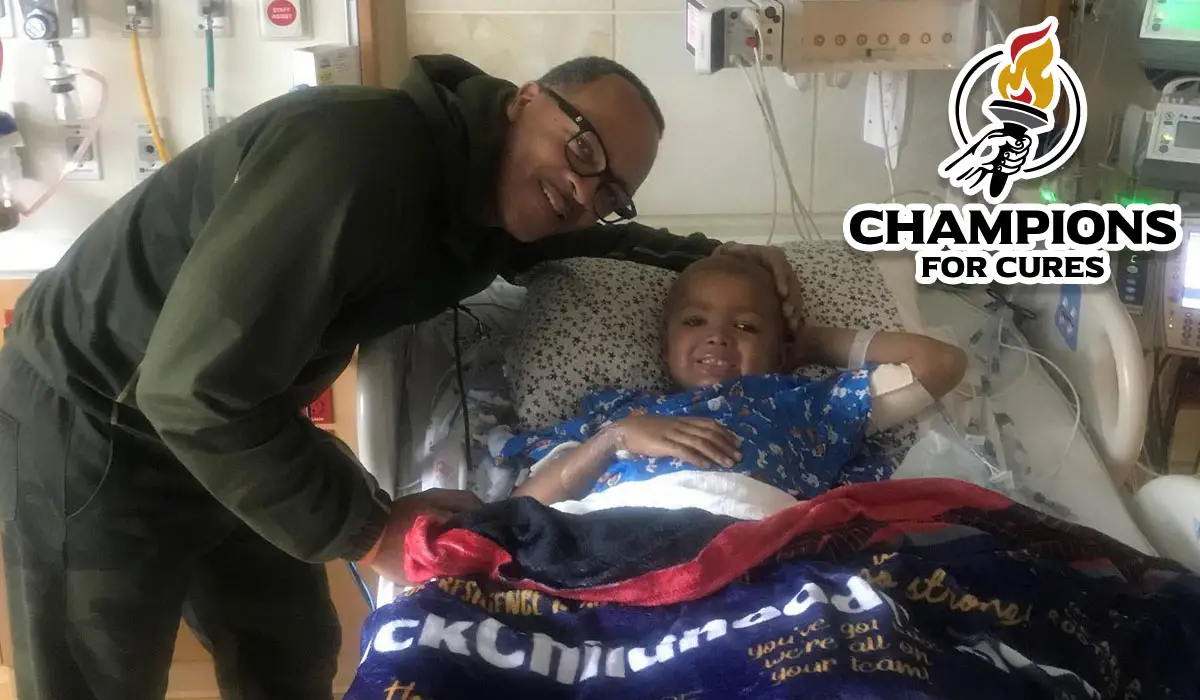
Physical Side Effects Of Cancer Treatment: Relief And Recovery
How To Cope With The Physical Side Effects Of Cancer Treatment And Get Your Life Back
Champions For Cures stands as a beacon of hope for those battling cancer. Our mission is to support families fighting cancer and fund research for cures. We understand the physical and emotional toll that cancer treatment can take on patients and their families. We’re here to help you navigate the journey. We invite you to join us in our fight against cancer. You can support our cause by donating, becoming a sponsor, or participating in our events. Every contribution makes a difference.
Understanding The Physical Side Effects Of Cancer Treatment
Cancer treatment is rigorous, often leading to various physical side effects. These side effects can range from mild to severe and may include changes in appetite, fatigue, pain, or discomfort. Understanding these side effects is essential to managing them effectively and maintaining the best possible quality of life during treatment.
• Changes In Appetite
A common side effect of cancer treatment is changes in appetite. Some patients may experience a loss of appetite, while others may crave specific foods. Maintaining a balanced diet is crucial to providing your body with the nutrients it needs to fight cancer and recover from treatment.
• Fatigue And Weakness
Fatigue and weakness are common side effects of cancer treatment. They may result from cancer treatment or the emotional strain that comes with it. Regular rest can help manage these symptoms.

• Pain And Discomfort
Pain and discomfort can occur as a direct result of cancer or as a side effect of treatment. Communicating with your healthcare team about any pain you’re experiencing is essential so they can help manage it effectively.
Strategies For Managing Physical Side Effects
Several strategies can help manage the physical side effects of cancer treatment. These include medication, complementary therapies, and lifestyle modifications.
1. Medication
Medication can effectively manage side effects such as pain, nausea, and changes in appetite. Your healthcare team can provide recommendations based on your symptoms and treatment plan.
2. Complementary Therapies
Complementary therapies can provide relief from some physical side effects of cancer treatment. These may include acupuncture, massage therapy, and mind-body techniques such as meditation and yoga. Always consult with your healthcare team before starting any new treatment.
3. Lifestyle Modifications
Lifestyle modifications can also be crucial in managing side effects and promoting recovery. These may include dietary changes, regular physical activity, and stress management techniques.
As part of the Champions For Cures community, we believe in the power of support in the fight against cancer. We invite you to learn more about our champions, nominate a champion, and explore ways to give. We can improve the lives of those dealing with cancer by working together. Join us in our mission to raise more than $1 million in the fight against cancer. No matter how small, every contribution brings us closer to our goal. Thank you for your support.
Frequently Asked Questions
The physical side effects of cancer treatment can vary widely depending on the type of treatment and the individual’s overall health. Common side effects can include fatigue, pain, changes in appetite, nausea, vomiting, hair loss, and skin changes.
Changes in appetite are common during cancer treatment. Maintaining a balanced diet is vital to providing your body with the nutrients it needs to fight cancer and recover from treatment. If you’re struggling with appetite changes, consider speaking with a dietitian who can provide personalized advice.
Fatigue and weakness are common side effects of cancer treatment. Regular relaxation can help manage these symptoms. Light physical activity, like walking, can also be beneficial. Always consult with your healthcare team before starting any new exercise regimen.
Pain and discomfort can occur as a direct result of cancer or as a side effect of treatment. Communicating with your healthcare team about any pain you’re experiencing is essential so they can help manage it effectively. This may include medication, physical therapy, or other pain management strategies.
Various types of medication can help manage the side effects of cancer treatment. These may include pain relievers, anti-nausea drugs, appetite stimulants, etc. Your healthcare team can provide recommendations based on your symptoms and treatment plan.
Complementary therapies can provide relief from some physical side effects of cancer treatment. These may include acupuncture, massage therapy, and mind-body techniques such as meditation and yoga. Always consult with your healthcare team before starting any new treatment.
Lifestyle modifications can be crucial in managing side effects and promoting recovery. These may include dietary changes, regular physical activity, and stress management techniques.
Supporting a loved one during cancer treatment involves understanding their physical side effects and helping them manage them. This can include assisting with meals, encouraging rest, providing emotional support, and helping them communicate with their healthcare team.
The duration of physical side effects can vary widely. Some side effects may resolve shortly after treatment ends, while others may persist for weeks, months, or even longer. Your healthcare team can provide more specific information based on your treatment plan.
Many resources are available to help manage the physical side effects of cancer treatment. These include cancer support organizations, online resources, and your healthcare team. You must seek help and use these resources to navigate your cancer treatment journey.

